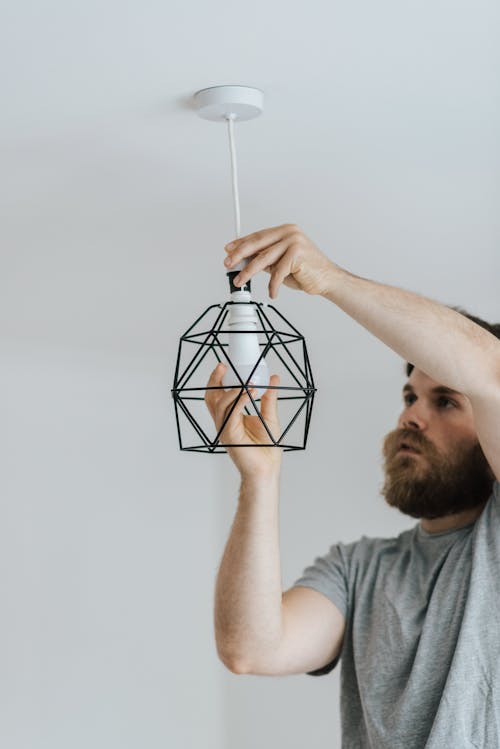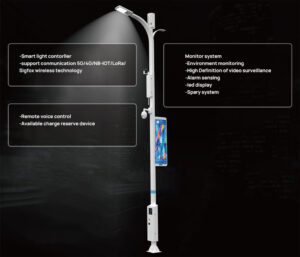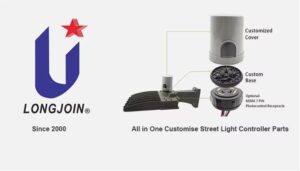Best Practices for Installing Surge Protective Devices in Street Lighting Control Lighting System
Introduce
Street lighting control system plays a pivotal part in illuminating present-day cities, providing much-needed light from dusk to dawn while minimizing power usage. They help automate the lighting system and hence reduce the need for manual operation. However, these networks are defenseless against electrical surges, which can be caused by thunder strike and power fluctuations from the grid. To reduce the risks related to spikes, the usage of surge protective devices ( SPDs ) is so vital to keep the system safe. It helps mitigate the risk of incidents of damage and inefficient performance and also contribute to the longevity of photocontrol cells and lighting systems.
This article explores the finest execution for lodging SPDs in street lighting network systems to ensure a dependable and effective lighting system that is durable and effective at the same time.
Getting to know about Surge Protection:

It’s important to understand the basis of how surge protection works before moving to how you can properly install them in your outdoor lighting network. The key role of SPDs is to reroute the surplus voltage from your delicate electrical device, safeguarding against harm and guaranteeing the safety of the entire system. They protect your system by diverting the excessively high voltage to the ground to secure your system against voltage spikes.
How to Choose the Most Appropriate SPDs:
First of all we have to understand what kind of Surge Protection Device (SPDs) is suitable for street lighting. There are some basic aspects to understand before installing the device so that there are no compatibility issues. Perfect integration can be attained only if you make sure that the SPDs are selected in accordance with your lighting system’s configuration. For example, the voltage limits of your power supply system, maximum surge current rating, and the site of installation should be kept in mind. SPDs should adhere to the admissible industry requirements and certifications to guarantee their success and safety.
Selecting the Most Appropriate Positioning:
You need to be very carefull about the preferred position while installing SPDs in your system because it will affect the degree of protection provided. Surge Protection Devices are to be placed at the entrance point of electricity in your lighting fixtures like circuit breaker panels, meter sockets, and critical points along the electrical wires. In addition, SPDs are better to be fixed very close to the equipment to make sure there is minimum or no unprotected wiring.
Earthing:
Precise earthing is crucial for the proper functioning of SPDs. A powerful earthing system gives a low-impedance way to deviate the high voltage safely. Earthing electrodes should be in compliance with electrical protocols and done according to the manufacturer’s guidelines. Periodic checking of earthing equipment is compulsory to get long-run guaranteed safety and to avoid hazards especially in risk prone settings.
Further precautionary steps:

SPDs should be made into a complete surge defense mechanism that involves setting up devices like lightning rods and transient voltage surge suppressors (TVSS). Integration between these protective components for prevention against surges will decrease the risk of damage to electrical equipment and enhance their performance and life in the long run. This will also provide an additional protective layer to the system.
Steps to Ensure Proper Installation

To make sure that your SPDs work to their maximum capability and provide utmost protection, follows the basic protocols for appropriate installation. Here is what you need to be mindful of during installation;
- Stick to the instructions provided by the manufacturer in the manual.
- Secure and tight wiring is one of the most important things to take care of during installation so that there are no loose connections.
- One of the most common issues with the operation of SPDs is that they get overheated. This happens when they are installed in a place with poor ventilation. Avoid this problem by installing the SPDs in a place with enough air.
- To make sure your Surge Protective Devices keep working properly for an extended period, regular monitoring is very important. This will help reduce the maintenance cost and will guarantee continued high performance.
If you have never installed a surge protective device before or you don’t feel confident enough to do it by yourself, it is always advisable to seek help from a professional. This will not only help reduce the risk of a safety hazard but will also ensure that the SPDs are installed correctly.
Conclusion:
Surge protection is essential for safeguarding street lighting control systems against the damaging effects of electrical surges. By following best practices for SPD installation, including proper selection, placement, grounding, and maintenance, municipalities and lighting professionals can ensure the reliable operation and longevity of their lighting infrastructure. Investing in surge protection not only protects valuable assets but also enhances the safety and resilience of urban environments.





